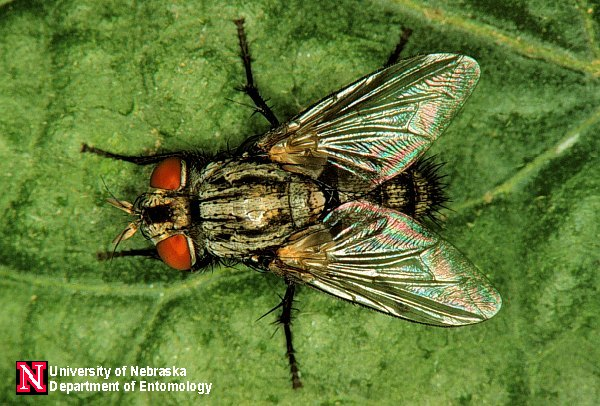SO, WHATS HAPPENING TO OUR MONARCH BUTTERFLY POPULATIONS?
(AND WHAT YOU CAN DO TO HELP)
SIGN AT ONE OF OUR PARTNERSHIP BUTTERFLY GARDENS

Photo: Brittanica
|
2. ARE THEY BECOMING ENDANGERED?Currently, MONARCH BUTTERFLIES are being considered for the Endangered Species List. According to Fish and Wildlife:
"Over the past 20 years, scientists have noted declines in North American monarchs overwintering in Mexico and California, where these butterflies cluster. Numbers in the larger eastern population are measured by the size of the area they occupy. At a density of roughly 8.5 million monarchs per acre, it is estimated that the eastern population fell from about 384 million in 1996 to a low of 14 million in 2013. The population in 2019 was about 60 million. The western population, located in California, saw a more precipitous decline, from about 1.2 million in 1997 to fewer than 30,000 in 2019." Taken from Fish and Wildlife Website
|
|
Photo from: Research Gate
|
3. THE Protozoan PARASITE
Due to Non-Native Milkweed, Monarch Butterflies are picking up a parasite called the Ophryocystis elektroscirrha. This parasite attacks the Monarch and makes it difficult for the Monarch to fy. According to SMITHSONIAN MAGAZINE:
In response, many gardeners have begun adding milkweed species to their plantings, including the non-native tropical milkweed, Asclepias curassavica, in coastal regions like South Carolina, Texas and Florida. Unlike native milkweeds, which die out in late summer, forcing the monarchs to move on, their tropical cousin lives year-round, providing leaves for caterpillars to munch on and flowers for adults to drink from.
This has led to the establishment of year-round resident colonies of monarchs in some areas. It has also led to increased infection with a protozoan parasite called Ophryocystis elektroscirrha, that shortens the butterflies’ lifespan and makes it difficult to fly. When native milkweeds die off, the parasite dies with them, meaning there’s fresh, uncontaminated milkweed each spring. Since tropical milkweed doesn’t die off, the parasites keeps spreading. |
4. PREDATORS, PARASITES and DISEASE
According to Butterfly Farms, there are many parasites that can attack Monarch Butterflies. The list is as follows:
|

PHOTO: WIKIMEDIA COMMONS
|
5. WHAT YOU CAN DO TO HELP:If you live in CALIFORNIA, PLANT MORE CA NATIVE MILKWEED. The following .pdf is from the XERCES society.
|
NATURE JOURNALING PAGE BY WILDERNESS APPRENTICE SANA RASHID
Native Plant Nurseries and Supply Stores
PLIGHT OF THE MONARCHS
Watch these videos by our amazing Art and Wilderness Students to better understand the Plight of the Monarchs
|
|
|
|
|
|







